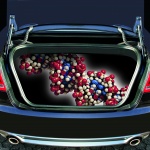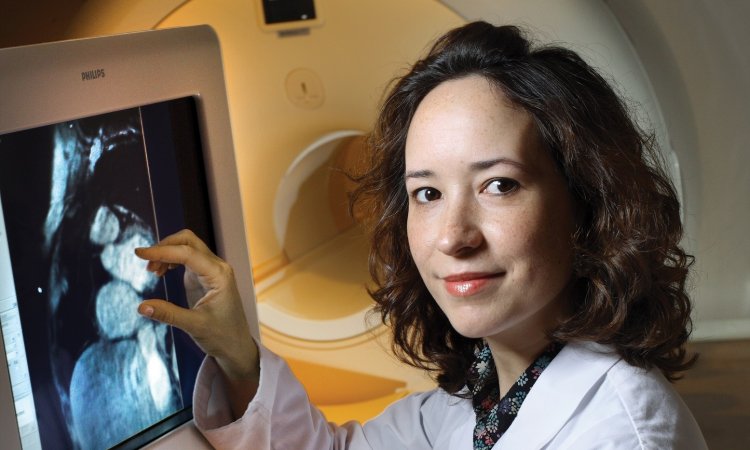News • Reopening blood vessels
Microbubbles and ultrasound can help treat heart attacks
Doctors are using microbubbles and ultrasound to treat heart attacks – deploying these traditional diagnostic tools in an attempt to reopen tiny blood vessels, reduce scar size and restore heart function, according to a study described at a medical conference in Chicago.
Image source: Unsplash/Kyrylo Kholopkin
“This study shows for the first time that microbubbles can be used to both diagnose and treat small vessel obstructions that block blood flow after a heart attack,” said Dr. Thomas Porter, who announced the study results at the 34th annual International Bubble Conference in Chicago. Dr. Porter also is Theodore F. Hubbard Distinguished Chair of Cardiology at the University of Nebraska Medical Center and a member of the Board of Directors of the International Contrast Ultrasound Society (ICUS).
Recommended article

Article • Bubble business
A transducer halts abdominal bleeding
Stopping abdominal wall bleeding with contrast-enhanced ultrasound was just one of the exciting developments in CEUS presented at the Bubble Conference 2017 in Chicago. When you cut your finger you apply pressure to the wound until the bleeding stops. Professor Dirk-André Clevert from the Institute for Clinical Radiology at the Ludwig Maximilian University Hospital, Munich, Germany, remembered…
Patients who had recently suffered heart attacks first received stents to open larger arteries, but micro-vessels frequently remained blocked, Dr. Porter said. “Microvascular obstruction remains a major clinical problem even after successful stenting, involving up to nearly 70% of patients with larger heart attacks,” he added.
Dr. Porter and his team first used microbubbles to enhance ultrasound imaging and identify the remaining microvascular blockages. They subsequently used microbubbles with ultrasound in an attempt to open the “micro-blockages.” Microbubble contrast agents are also sometimes known as ultrasound enhancing agents or ultrasound contrast agents. They generally are used for diagnostic purposes – that is, to improve the clarity and functionality of ultrasound imaging, allowing doctors to more accurately diagnose heart defects and cardiovascular disease, assess heart function, characterize tumors in the liver and other organs, follow the progression of gastro-intestinal disease and monitor therapy. This study shows that microbubbles may have broader applications, potentially extending their use from diagnostics to therapy, according to Dr. Porter.
Source: International Contrast Ultrasound Society (ICUS)
09.09.2019











